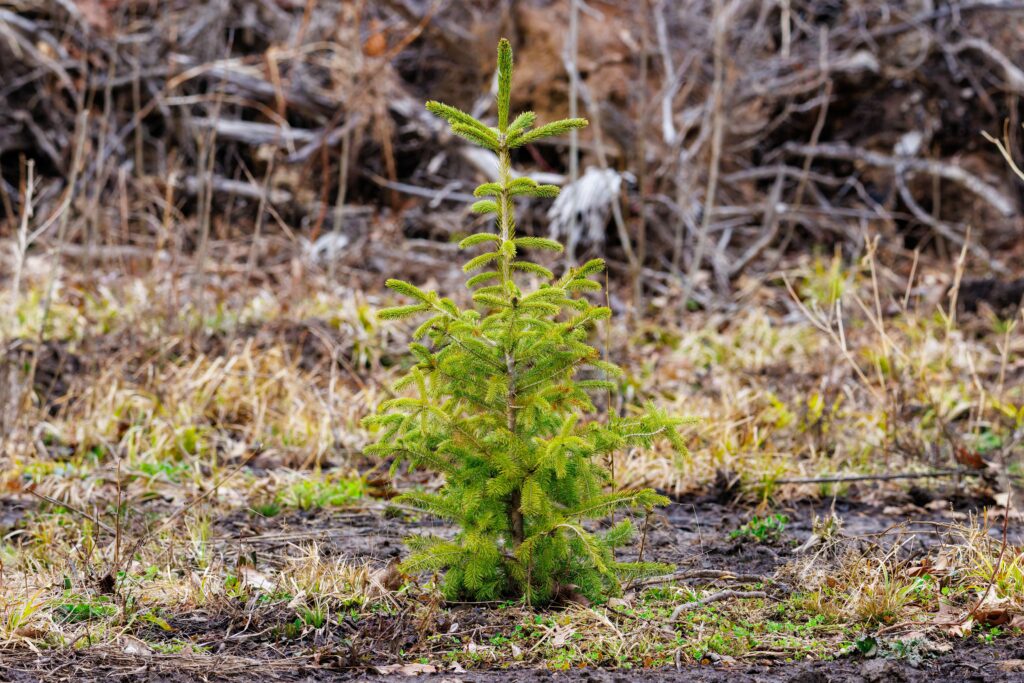Earth Month is long gone but for us, every month is Earth Month. 🌎
In April, we saw a lot of tree planting initiatives, which we love to see! At the same time, there is a big question mark over the difference between reforestation and afforestation and which action produces the biggest eco returns. Below, we unpack the definitions and examine which is a better bet to environmental sustainability 👇
Afforestation vs. Reforestation
Afforestation is the planting of a forest or body of trees in an area that previously had no tree cover. While creating forests from scratch does contribute to carbon capture (and, therefore, has a positive impact on the environment), planting trees in a previously bare area is not as effective in mitigating climate change. This is because biodiversity is not factored in to afforestation projects.
Reforestation is the act of restoring and replanting trees in previously forested areas. This can provide great support to local communities, providing jobs, shelter and additional natural resources. Large bodies of trees also mitigate climate change by filtering the air we breathe and revitalizing ecosystems that promote new life.
It’s really hard for humans to replicate what mother nature created (i.e. planting a brand new forest). Overall, it is better to reforest an existing one than try to plant a new one from scratch.
Why Reforestation is so Important
Forests help maintain the right amount of oxygen in the atmosphere, prevent soil erosion, and store water underground. About 80% of the world’s biodiversity lives in forests and, according to the UN, about 1.6 billion people in the world depend directly on the forests for income, medication, shelter, energy and food.
Forests play a vital role in our fight against climate change. They store an enormous amount of carbon (second only to the world’s oceans) and are a substantial carbon reducer. They can even regulate air temperature! In cities, for example, trees can lower temperatures by as much as 8 degrees Celsius, reducing the need for carbon emissions from air conditioning.
Today, our forests face a number of challenges. From large-scale deforestation to natural disasters such as wildfires, diseases and extreme weather conditions. Between 2015 and 2020, an estimated 10 million hectares of forests are cut down. That’s roughly the size of Portugal or the state of Indiana, every year.
Why it Matters to us
Since 2000, the world has lost approximately 11% of total tree cover.
At e.pop, we make receipts paperless, changing the way consumers and companies think about the receipt and its impact on the environment. We’ve committed to reforestation action, planting one million trees by 2025.
We feel strongly about reforestation and have made it our mission to partner with like-minded organizations for bigger, better change. Want to partner with us? Sign up on our Partner Page.

Francesca Gobbetti
Community Manager at e.pop. Social and environmental awareness is what keeps Francesca up researching and writing the occasional blog after hours.

